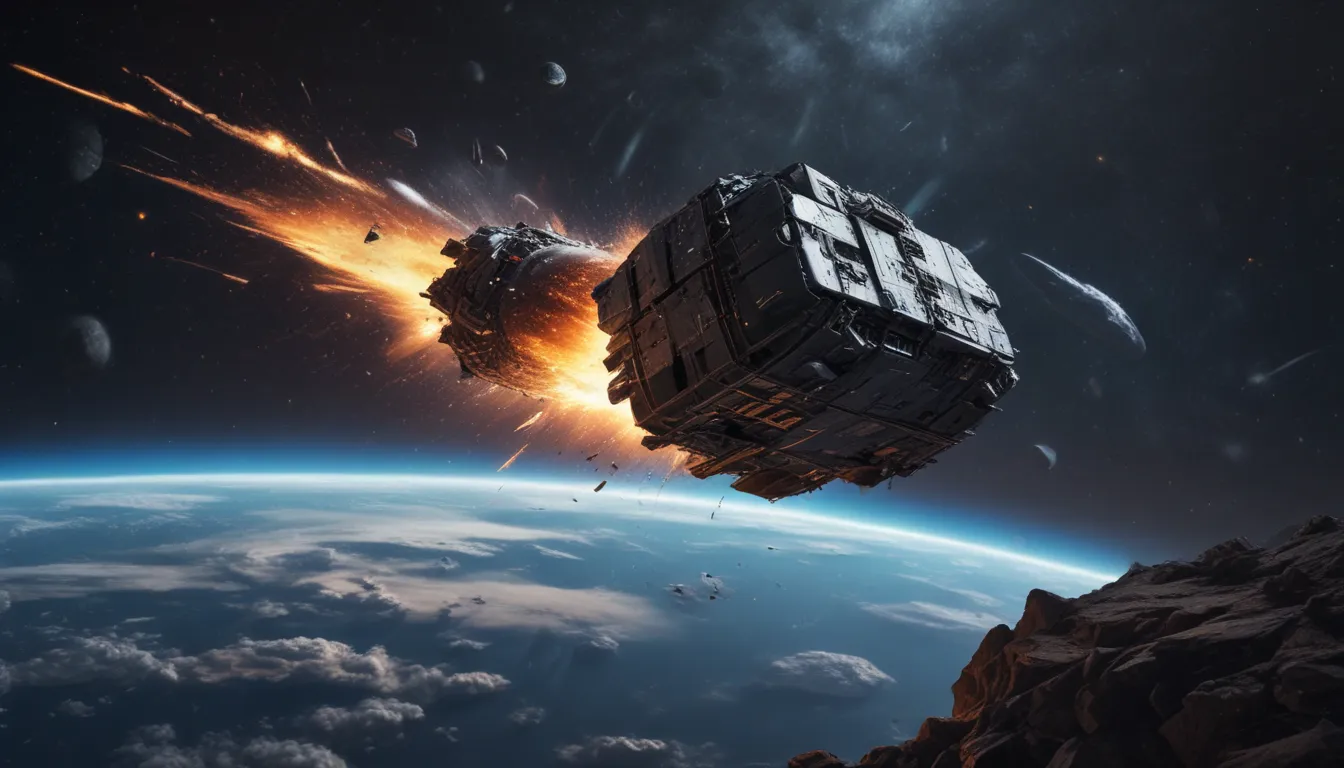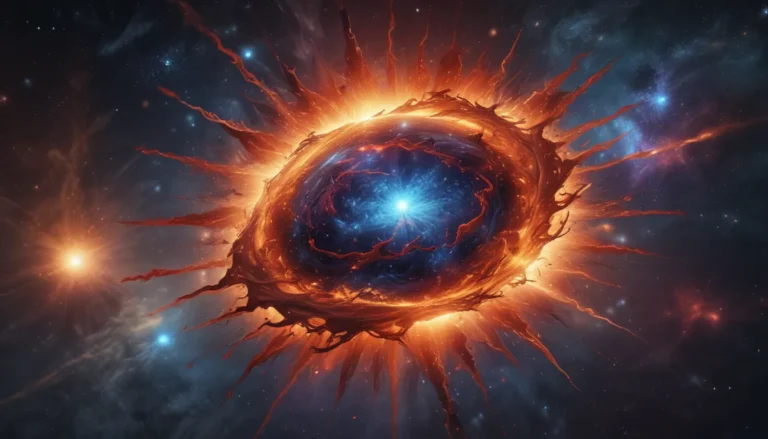The pictures we use in our articles might not show exactly what the words say. We choose these pictures to make you interested in reading more. The pictures work together with the words but don’t take their place. The words still tell you the important facts.
Space debris reentry prediction is a vital component of space exploration, ensuring the safety of satellites, spacecraft, and astronauts as we continue to push the boundaries of our understanding of the cosmos. As our technological capabilities advance, so too does our ability to predict when and where debris will reenter the Earth's atmosphere, mitigating potential risks and safeguarding the integrity of our space missions.
Delving into the World of Space Debris
In today's era of space exploration, the accumulation of space debris presents a significant threat to Earth's orbit. From defunct satellites to spent rocket stages, this cosmic junk poses a serious risk to operational assets in space, increasing the likelihood of collisions that could further exacerbate the problem.
The Importance of Reentry Prediction
Space agencies worldwide actively track and monitor space debris to protect assets in orbit. Accurate reentry prediction plays a pivotal role in determining when and where debris will enter the Earth's atmosphere, allowing for preemptive action to mitigate risks and ensure the safety of space missions.
- Sophisticated tracking systems, including radar and optical telescopes, are employed to monitor the position and trajectory of space debris, providing essential data for reentry predictions.
- Advanced mathematical models simulate the behavior of debris during reentry, taking into account atmospheric drag, gravitational forces, and other factors to forecast its path accurately.
- High-performance computers are essential for processing the vast amount of data associated with debris tracking and reentry prediction, enabling scientists to generate precise forecasts.
Enhancements in Reentry Predictions
Over the years, advancements in technology and improved atmospheric dynamics understanding have significantly improved reentry predictions. Scientists are now able to provide more precise estimates of when and where debris will reenter, enhancing the safety and sustainability of space exploration.
- Risk assessment tools analyze potential collision risks posed by space debris, aiding in identifying areas of concern and implementing necessary precautions to safeguard operational satellites.
- Reentry predictions are constantly updated as new data becomes available, ensuring that the latest information is utilized in decision-making processes regarding satellite operations.
Collaborative Efforts for Accuracy
International cooperation among space agencies plays a pivotal role in enhancing reentry prediction capabilities. By sharing data and collaborating on research, agencies work together to improve prediction accuracy, mitigate risks, and develop strategies for managing space debris effectively.
Advancements in Technology
Machine learning and artificial intelligence algorithms are being harnessed to analyze vast amounts of data and enhance the accuracy of reentry predictions. These advanced techniques contribute to a deeper understanding of debris behavior during reentry, improving forecasting capabilities.
- Additionally, reentry prediction supports the development of active debris removal technologies, allowing agencies to plan missions to remove dangerous objects from Earth's orbit.
- Space traffic management relies on accurate reentry predictions to coordinate satellite operations and prevent collisions, ensuring the efficient use of space resources.
Ensuring Safety and Sustainability
Accurate predictions of space debris reentry paths are crucial for public safety on Earth. By providing timely warnings and notifying authorities of potential falling debris, the risk to human lives and property can be minimized.
In conclusion, space debris reentry prediction is a fascinating field that is essential for the safety and sustainability of space exploration. Through advanced technology, ongoing research, and collaborative efforts, scientists can make remarkable predictions about debris trajectory and behavior, ensuring the long-term viability of our endeavors in space.
FAQs about Space Debris Reentry Prediction
-
What is space debris reentry prediction?
Space debris reentry prediction involves forecasting the exact time, location, and behavior of objects reentering the Earth's atmosphere from space. -
How do scientists predict the reentry of space debris?
Scientists use ground-based and space-based tracking systems, remote sensing techniques, and mathematical models to simulate debris trajectory and assess reentry likelihood. -
Why is space debris reentry prediction important?
Accurate reentry prediction enables authorities to issue warnings, evacuate areas if necessary, and prevent potential damage or harm from falling debris. -
Can space debris reentry be controlled?
In most cases, space debris reentry cannot be controlled, but proactive measures can minimize risks and prevent potential damage. -
How does space debris affect the environment?
Space debris can pollute the Earth's atmosphere and pose risks to operational satellites and space vehicles, potentially leading to the creation of more debris.
By unraveling the complexities of space debris reentry prediction, we can effectively manage space debris and safeguard the future of space exploration for generations to come. Join us on this captivating journey as we delve deeper into the intricacies of cosmic debris and its impact on the world beyond.






